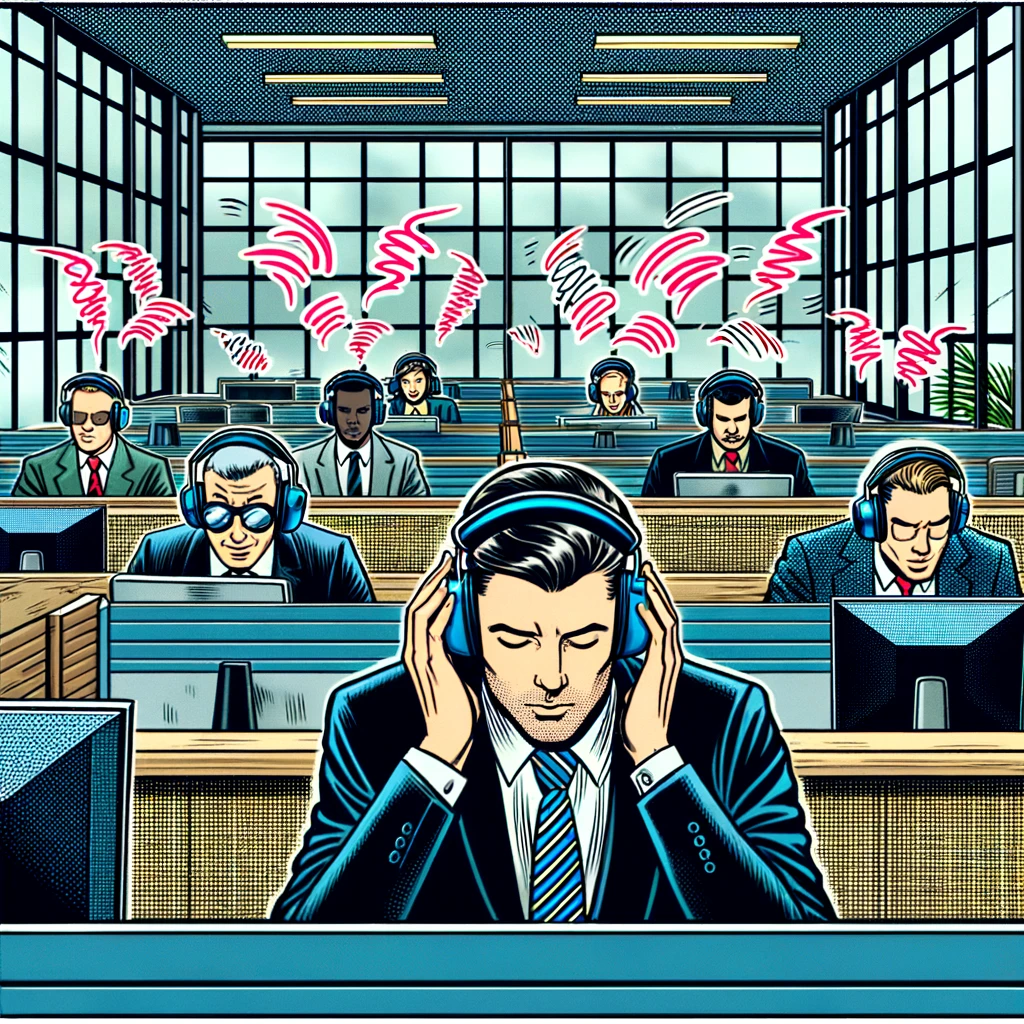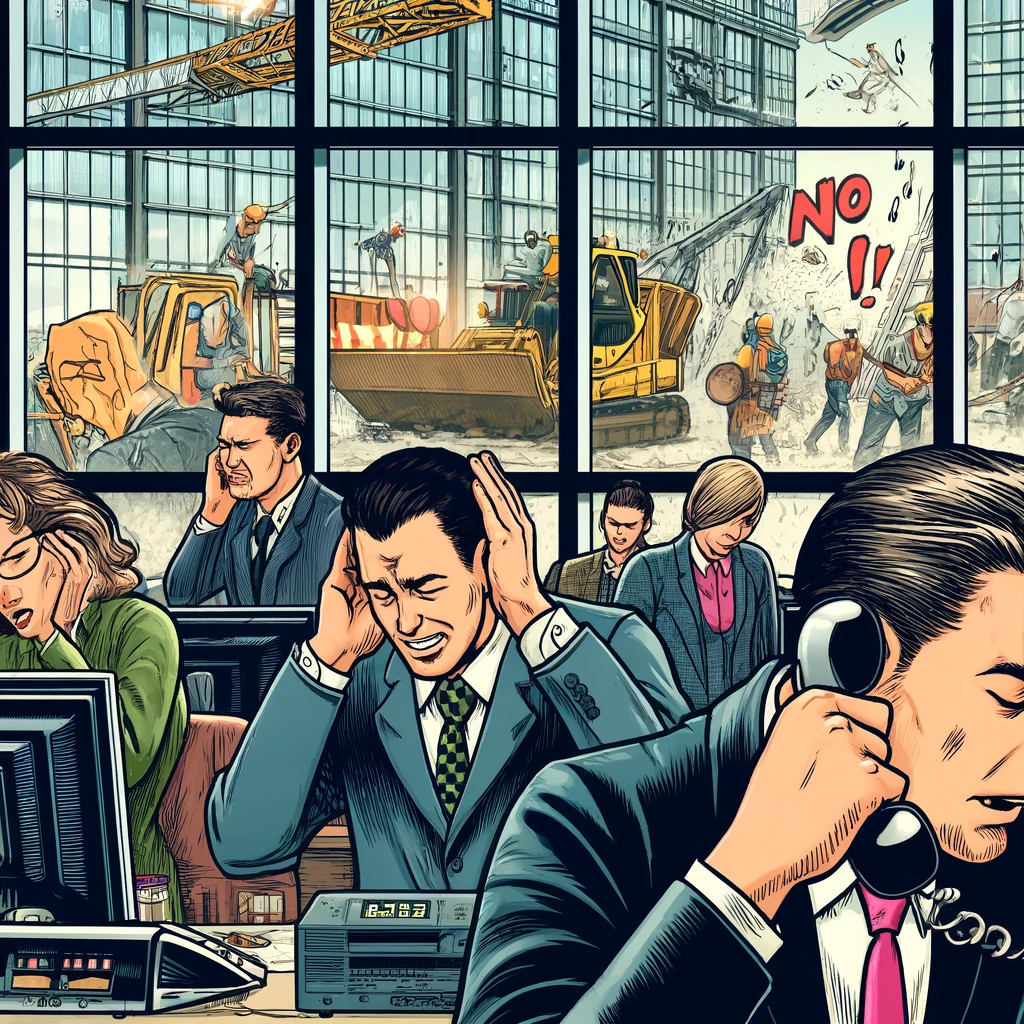Estimated reading time: 2 mins
Exposure to loud noise at work is unfortunately very common, with around 2.3 million workers in the UK exposed to levels above the legal limit. This excessive noise exposure poses a serious risk to hearing health.

How Loud is Too Loud?
The UK’s Control of Noise at Work Regulations state that employers must reduce noise exposure to below 85 decibels (dB) over an 8 hour period. This is roughly the volume of busy traffic. Exposure to anything above this level risks permanent hearing damage. The higher the decibel level and the longer the exposure, the greater the risk. Noise above 120dB can cause immediate harm. Examples of loud work equipment include pneumatic drills (around 100dB) and chainsaws (around 110dB).
Hearing Loss
Over time, prolonged exposure to excessive noise destroys the tiny hair cells in the inner ear which are vital for hearing. This causes gradual hearing loss, which commonly affects the ability to hear high-pitched sounds. The damage is permanent. Initially, workers may experience temporary deafness after leaving noisy work environments, but the effects become irreversible. Around 1 in 10 workers are affected by noise-induced hearing loss.
Other Health Effects
Loud noise doesn’t just damage hearing. It can contribute to stress, tinnitus (ringing in the ears), poor concentration and fatigue. This increases the risk of workplace accidents and mistakes occurring. High noise levels have also been linked with elevated blood pressure and heart issues. Noise annoyance and disrupted communication lead to irritability and low morale.
Protecting Employees
The best way for employers to protect workers is by controlling noise at the source, for example, using quieter machinery. Noisy machines can be isolated or soundproofed to prevent noise from spreading. Alternatively, reducing exposure time can minimise risks. It’s recommended that loud work should be interrupted by quiet periods.
Hearing Protection
When noise cannot be reduced to safe levels, hearing protection PPE should be provided. Ear plugs or muffs can block out hazardous noise. However, the onus is on the employer to enforce their use. Workers may avoid using them due to discomfort or hearing impairment. Staff should be consulted when choosing protection to ensure it is suitable. Regular hearing checks are also vital to monitor for any damage.
Noise Risk Assessments
By law, employers must assess workplace risks from noise and take action to reduce hazards. Staff should be informed and trained about identified risks. Assessments should determine noise levels, peak and duration of exposures, and identify who is affected. Monitoring and review will highlight if further noise reduction is needed.


Creating a Quieter Workplace
Loud noise damages productivity and well-being. With some foresight, employers can prevent risks and create a safer, quieter workplace. This may require some investment, but safeguarding staff from preventable risks also reduces sickness absence and compensation claims. Promoting hearing health helps retain experienced employees, especially as an ageing workforce may be more susceptible to noise damage. Reducing excessive workplace noise is a positive step for both staff welfare and the bottom line.

